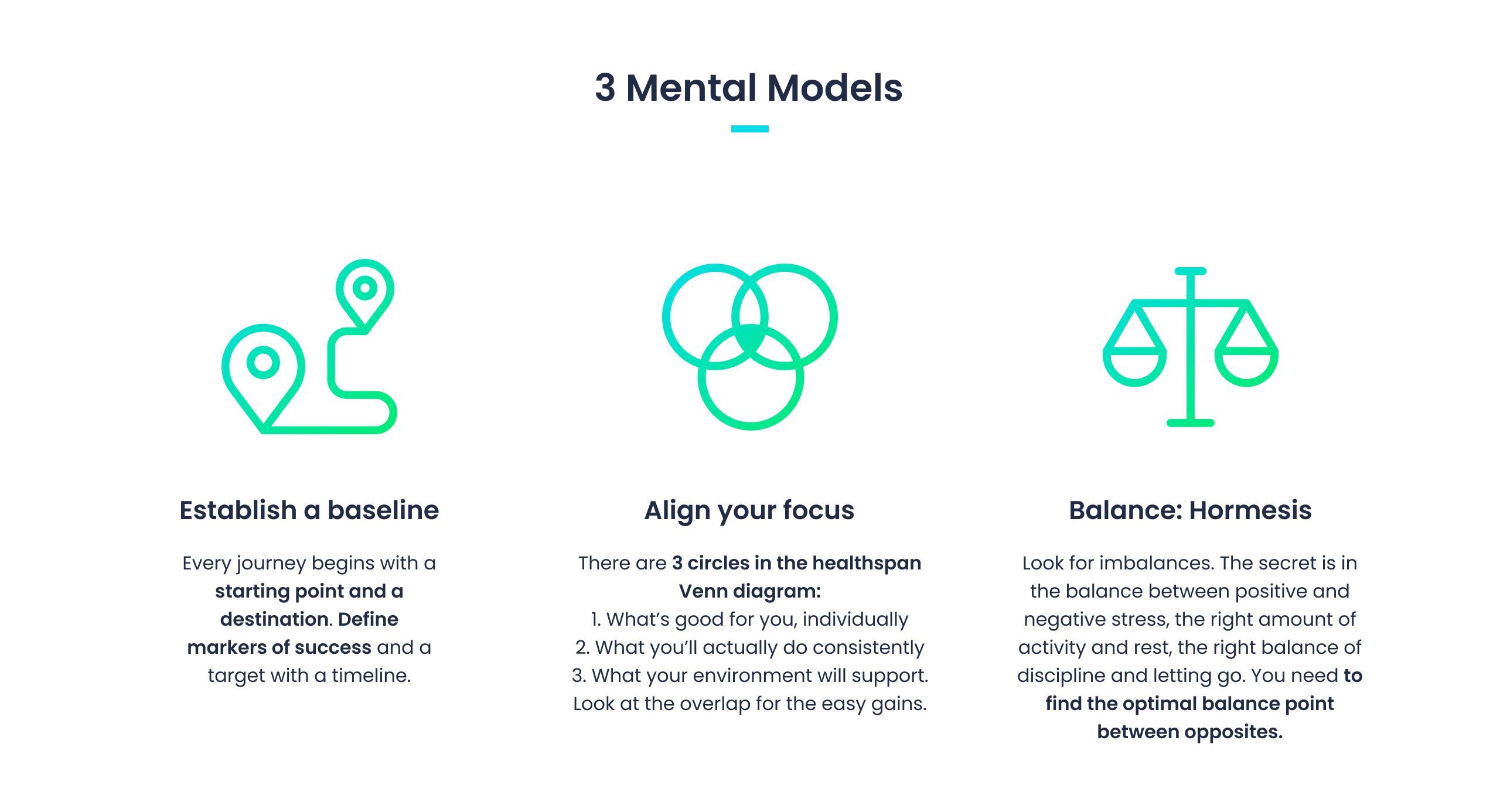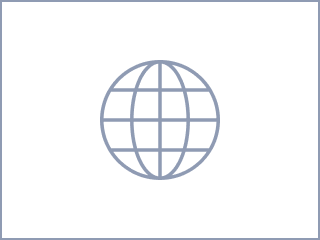International day of ambition
We all have a sacred ritual that we won’t reveal much about. I like to call it IDA – an International Day of Ambition. It’s usually a Monday, double-powered if it’s the first Monday of the month, and quadrupled if it’s the first day of something arbitrary – year, quarter, religious occasion, etc. Our ambition is to finally figure out how to filter out the wellness clickbait and find your 80/20.
This ritual aims to designate the “new me” goal and bend the trajectory of our personal development. And in all fairness, we usually get out of the gates at lightening pace and then stumble once we reach the usual mental blocks on day 3. By day 5, the ambition burst has passed, and by day 7, we are hitting the comfort food, just this one last time. Now the future me is done with this kind of stuff, and the following Monday is a new day. And then, repeat until angry!
On my most recent Ambition Monday, I was browsing through the somewhat aspirational list of YouTube workout videos that have accumulated on my “to-do” home workout list. Twenty-two videos, one month, 20 working days. Despite having some evidence of at least average discipline as a person, I could feel the activation energy being drained from me as I was overwhelmed with the choice of my ALREADY curated list, the pruning of which took significant effort. Damn.
The Bruce Lee loop
And that was just the workouts…cue in the nutrition space (clickbait galore) and the intermittent tracker-induced sleep anxiety, my “optimise your wellbeing” list was getting rather long.
At my age, one learns that maintaining a balance as your bucket list shortens and your f%ck-it list expands, is paramount.
After all, time is the only currency, and a depreciating asset like yours truly should value every minute more each day. In sum, zen and ambition were once again doing their demonic rumba.
So why should you care about any of this? Well, we all have a common problem – no method for only absorbing what is useful in the world of the modern philosopher Bruce Lee. Why? Because it’s a massive unconscious time suck – to decide, you have to try, and then through your own experience, figure out if it is valid, assuming we have a way of measuring it. A by-product of these mental speed bumps is motivation destruction. Ergo, the loop in in this articles first paragraph.
The answer is right in front of me, so I’ll look elsewhere
In the long run, how you treat your time is the way others treat it too. So should you invest your time in figuring out what matters to you, not what matters to others (known as n of 1 experimentation), or you could just go with whatever sounds most convincing on the interweb?
The answer used to be simple, but the Cambrian explosion of apps that purport to personalise your fitness regime has led to confusion, which is growing. You see, humans need to improve at accounting for the one resource that genuinely matters – time and attention invested. So yes, we know that extreme customisation is the path to success in nutrition and otherwise, but the cost of that personalisation is unclear, and the learning process does not seem to be scalable.
Not anymore – the rabbit hole is now a 40-lane tunnel. You can have a 3-hour morning routine, and that is just for starters, then spend the rest of the day investing your precious minutes to eventually achieve healthspan and longevity. But there’s no objective marker to help you separate the 80 from the 20 in the 80/20. It’s all personal, you see.
Start objectifying me!
The practical philosophy, then, is to decide subjectively. Start with something small, simple, and measurable. Just have one good day. Eventually, you’ll reach that threshold where you’re transitioning from painting (adding) to chiselling and sculpting a routine that leads to your desired habits. But almost none of us ever get there. And that’s fine – improving healthspan is a journey all should start, but none should finish.
Now before you accuse this author of floating a series of intellectual air balls, let’s get practical. To get your time back, you need some sort of framework to measure what works and doesn’t. Goals, metrics, that kind of thing. It needs to speak to the challenges of a world with intelligent fridges, avocado toast with 63 degree eggs. and tinder memes. That framework should minimise the activation energy, maximise engagement and, while relentlessly keeping your focus on the thing that matters most.
So I looked for such a framework, didn’t find it, and so we built it.
The Kalibration
I would love to give you a script-worthy back story, but save for an autoimmune disease in my 20s which left me with no thyroid and a rather sorry pair of basketball knees, I’m pretty lucky. My dad, however, is less so – at the age, I was last year (I ain’t tellin’), he was diagnosed with stress and lifestyle-induced type 2 diabetes. In his late 60s, he started having fairly life-changing health issues, despite being among the more active and fit type 2 diabetics I know. Now every mini wound on his legs is a family event.
I suspect that in addition to dancing like my dad and fighting a dad body, my genetic cocktail contains the seeds of the above journey and just requires the right epigenetic conditions. As a result, I have always had a heightened sense of awareness of glucose, which is why I’m always looking up the latest body fat control mechanism and exercise regimens.
Don't major the minors
I have always wanted astronaut-like analytics, but at 187cm, I’m allegedly 5cm taller than spec, so, that was a no-go. And while digitalisation of health has picked up, it’s completely divorced from performance metrics at present (exercise is somehow a different domain). So any worthwhile examination of one’s “performative health” metrics are likely to stall when it enters the domain of regulated medical data. I needed to keep the goggles of my worldview from fogging up, so I gave up on that track reasonably quickly.
I needed objective metrics, some normative values, and a framework. And that’s how my partner Guillaume and I started Kalibra. We came up with a set of human needs that need to be satisfied and balanced to achieve our personal best and graduate from physically fit to “kalibra fit”. A healthy human being balances their Rest, Nutrition, Movement, Connections, Reflections and Growth. We assess those metrics via active methods (questions, in-person assessments) and passive ones (tracker and environmental data) to develop an objective profile of ourselves, kalibrated to a normative ideal that is appropriate.

Once we figure out which of these areas are a priority, we deploy the powers of filtering, digital engagement and machine learning to come up with the “best next action” at any time. And lastly, we ask a digital companion to ensure that our priorities are always clear, and that we’re kept on track in a manner that suits us and leverages our calendar. This is the essence of the kalibration process.
The ProtoKol
There are 3 mental models that we need to employ to ensure a targeted, repeatable and consistent process. The hierarchy is as follows:
- Establish a baseline
- Align your focus on priorities
- Identify and target imbalances.
We explain the process in this diagram:

The introspection and planning is well worth it, but it’s not everyone’s cup of tea, which is why we have designed an app to do it for you. You can sign up for beta on our website.
And this is where, gentle reader, the path forks. You can take the quick route, or the slower one.
Want to read more? Here’s your 30 min heatlhspan guide, or if you’d like to start with the basics of our philosophy- Read on.
